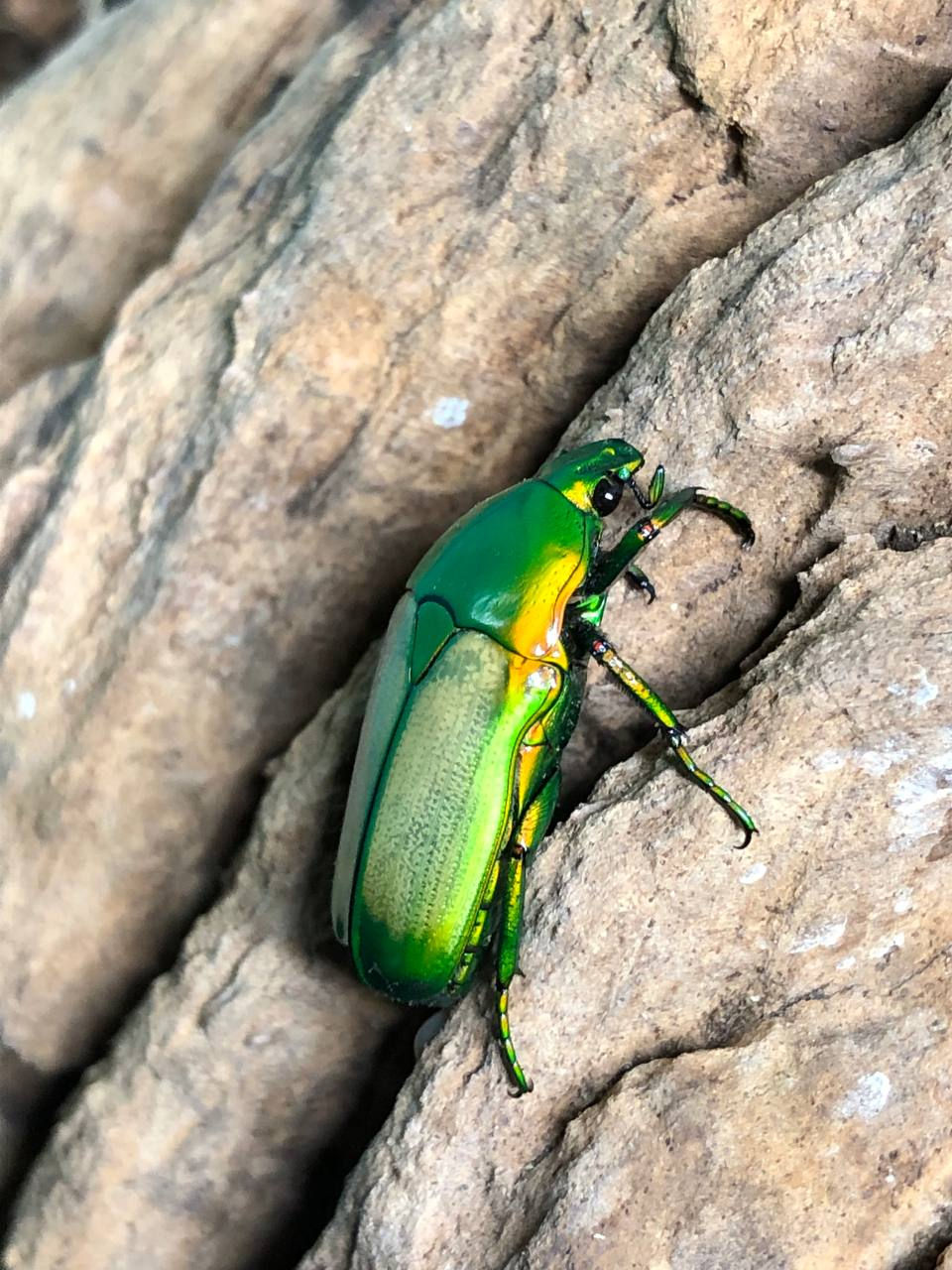'Yellow Spotted Isopods' (Armadillidium gestroi) - Woodlouse Culture
About A. gestroi:
- One of the largest species of Armadillidium available in the UK hobby with mature individuals reaching 2cm+! A lovely isopod with a shiny smooth black to slate grey body with contrasting bright yellow markings. You can see why these are so popular!
- Armadillidium gestroi are naturally distributed across Europe and some parts of Asia but are commonly found in SouthWest France and Italy.
- These are suited to living in temperate conditions, and can take a little while to settle into a new environment like most armadillidium species. We suggest providing these with at least a 3cm layer of leaf litter and rotting wood to help them feel settled.
- Adult size: 2cm+
- Lifespan: 2-3 years
- Status: captive bred
- Place of Origin: France
- Temperature: 18-23˚C
- Humidity: 60-70%
- Diet: Hardwood leaf litter (oak, beech, hazel etc), rotten hardwood, flake soil, organic waste/ faeces, sphagnum moss, mushrooms, variety of fruit and vegetables (favourites include cucumber, carrot, and sweet potato), sepia/ calcium supplement, protein source (fish flake, shrimp pellets, dry mealworms)
- We suggest keeping A. gestroi between 21-22˚C and 60-70% humidity for best results. We keep a large colony of isopods in a 40x20x20cm plastic storage tub with vent holes across the lid. A smaller colony of 10-20 will do just fine in a 20x15x15cm enclosure.
- Like other isopods, these need a humidity gradient which can be achieved by making sure there are dry and damp areas in their environment. The best way is to provide sphagnum moss or live moss on one third of the enclosure as a 'hydration station' and keep this constantly moist. We suggest keeping the substrate moist (not soaking!) and provide plenty of bark pieces and leaf litter to allow them to seek out dryer spots.
- Make sure you use a high-quality substrate (no coco coir!) such as our Premium Millipede Edible Substrate as this will be the main food component for your isopods, and provide crushed cuttlebone or eggshells for calcium, as well as a good quality protein source once a week for optimal health. We prefer to feed vegetables and non-sweet fruit to our isopods to help deter fruit fly and fungus gnat infestations, but that’s just our choice! Like many invertebrates one of their favourites is cucumber which we provide in slices and replace once completely eaten, which is around once a week.
- We recommend NOT keeping any protein-hungry isopods with millipedes as they can sometimes nibble on them whilst molting!
PriceFrom £14.99
20% BLACK FRIDAY INVERTS SALE

























